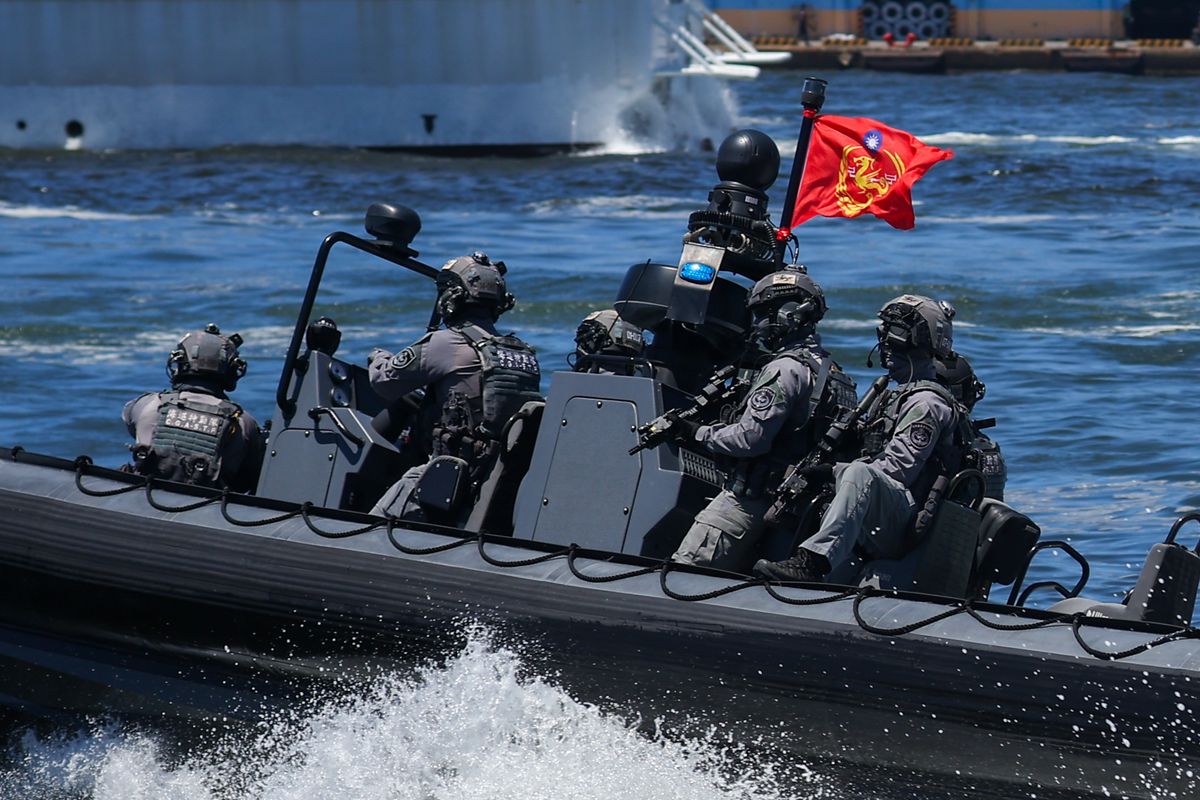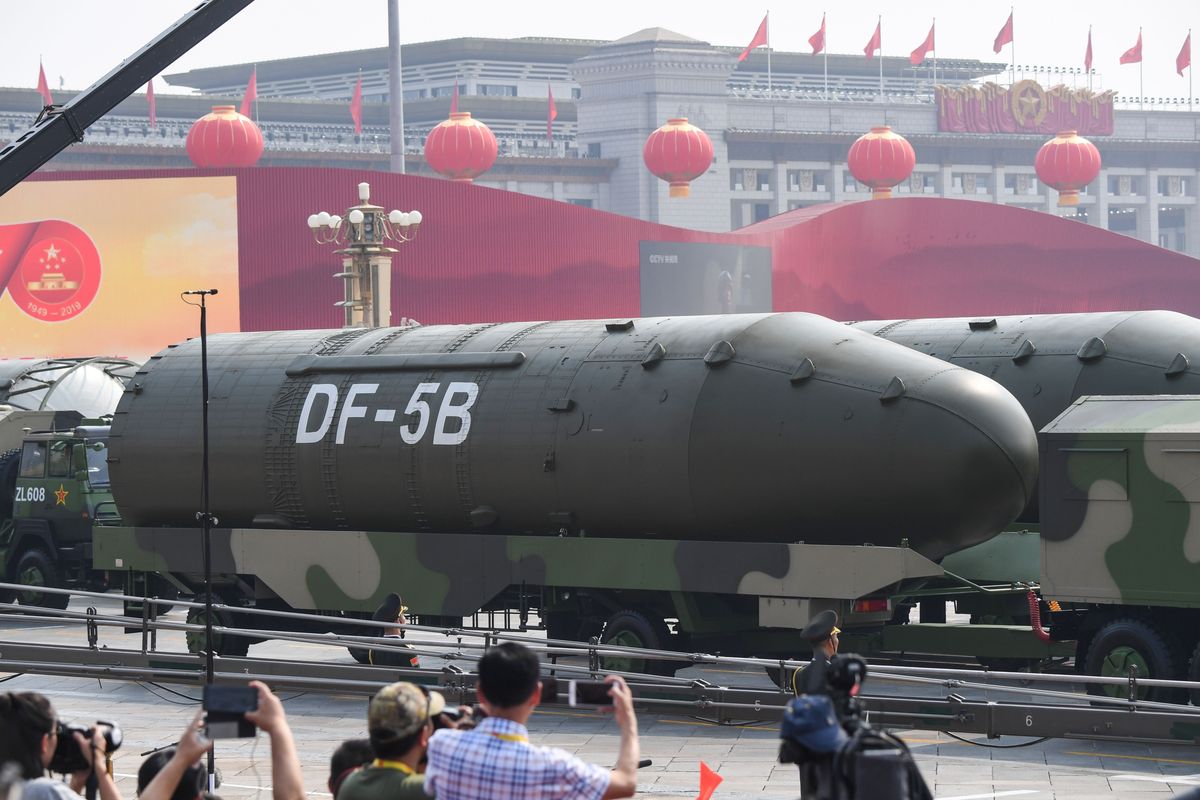On November 26, Chinese President Xi Jinping announced sweeping structural reforms to the People’s Liberation Army (PLA). The announcement finally made good on Xi’s promises of military reform beginning with the creation of a military reform leading small group and the work report of the Third Plenum in November 2013. Unmentioned in all of this is the fate of the PLA’s intelligence apparatus, which sits within departments being dismantled or reorganized, such as the old General Staff and General Political departments as well as the now-defunct military regions. Military intelligence is at a crossroads, and Beijing’s choices today will reverberate throughout Chinese policymaking and military decision-making systems.
The intelligence apparatus of the PLA provides support to three distinct sets of decision-makers: civilian policymakers, military decision-makers from the strategic to the tactical, and researchers in the defense industrial establishment. Supporting these groups requires zero-sum tradeoffs among building collection channels, analyzing and exploiting information collected, and building expertise and proficiency in the intelligence services.
The PLA’s long-running modernization effort emphasizes the rapid exploitation of information and achieving information dominance. As the “Science of Military Strategy” (2001) stated, “Modern warfare, to a large extent, is to use information attack and counter-attack in paralyzing the information systems of the enemy, destroying its war efficiency in controlling the progress of the war, and achieving the objectives of the war.”
For the PLA, the priorities would seem straightforward. Military intelligence should support the increasing demands of military decision-making and requirements. These range from strategic level decisions about where to invest resources and evaluating foreign militaries’ capabilities and intentions, to tactical level decisions about targeting and bomb damage assessment. Indeed, over the last ten years, personnel appointments at the top of military intelligence shifted from foreign affairs-oriented defense attachés to military operations officers, from officers like Xiong Guangkai to those like Ma Xiaotian, who became chief of the air force. Intelligence officers — once in a terminal career trajectory that never went beyond intelligence — were promoted into deputy command positions in the air force, the former Second Artillery, and the now-defunct military regions.
Intelligence services, however, operate within the context of a national system that includes other services and foreign ministries as well as national police and internal security forces. China’s priorities for military intelligence may not correspond with the PLA’s desires, and Xi Jinping and the Party command the gun as a spate of recent editorials emphasized.
The PLA has sat at the center of China’s efforts to collect foreign intelligence since the factional politics of the Cultural Revolution shuttered the party-state intelligence organizations in the late 1960s. Senior PLA intelligence officers — like Ye Jianying and Wu Xiuquan in the 1980s and Xiong Guangkai in the 1990s — had close personal relationships with the central leaders and played key roles in the foremost policymaking bodies on foreign policy, such as the Taiwan Affairs Leading Small Group. The PLA’s senior-most intelligence officer continues to sit on that and related leading small groups. By contrast, the leading civilian intelligence service, the Ministry of State Security (MSS), did not have a seat on the Foreign Affairs Leading Small Group until the mid to late 1990s and, until the last decade, operated under draconian restrictions overseas.
In addition to this bureaucratic centrality, the PLA possesses the broadest set of collection capabilities in China. The PLA controls most of China’s technical collection capabilities from signals intelligence to imagery and electronic intelligence satellites. Alongside these resources, the PLA posts defense attachés to more than 100 countries and runs a clandestine human intelligence program that was responsible for all but one or two of the Chinese spies arrested in the United States since 2005. Spread among the tactical and national level intelligence offices is a sprawling and seemingly uncoordinated infrastructure for computer network operations.
With all of the changes underway within the PLA overhaul, Beijing has an opportunity to fundamentally restructure how the military organizes and conducts intelligence. The specifics of what will emerge remain unknown, but a few observations can be made based on emerging data about how the PLA will reconcile the tradeoffs between support to policymaking, military operations, and defense industries:
- The need to support the senior-most decision-makers in the CMC and the Party’s Leading Small Groups probably will ensure that a single officer remains responsible for overseeing intelligence affairs. This officer almost certainly will sit in Joint Staff Department, where Chinese-language reports place Admiral Sun Jianguo, who was a deputy chief of the General Staff Department (GSD) with the intelligence portfolio. Sun probably will oversee the core components of the military’s human intelligence and analytic service, the former GSD Second Department, while its technical collection resources may be moved to the Strategic Support Force or the theater commands.
- Intelligence support to military operations probably will shift to the new theater commands that replaced military regions and possibly to the newly created Strategic Support Force, which will run a variety of information-focused capabilities like electronic warfare and computer network operations. The service headquarters may lose at least some of their intelligence capabilities, because the services, like their U.S. counterparts, will focus more on outfitting their forces rather than planning and running operations.
- Supporting the defense industries is likely to be more controlled with less freelancing, especially on the part of the PLA officers, based on the evidence of China’s changing behavior in cyberspace presented by Director of National Intelligence James Clapper and cybersecurity firms. This mission could be largely detached from the PLA and given over largely to the Ministry of State Security and contractors, like Su Bin who was extradited to the United States from Canada in 2014. The PLA could still pursue industrial and economic targets to anticipate what equipment it may face on the battlefield, but this traditional military intelligence mission would be more focused on the needs of PLA decision-makers and designing countermeasures than supporting existing defense programs.












